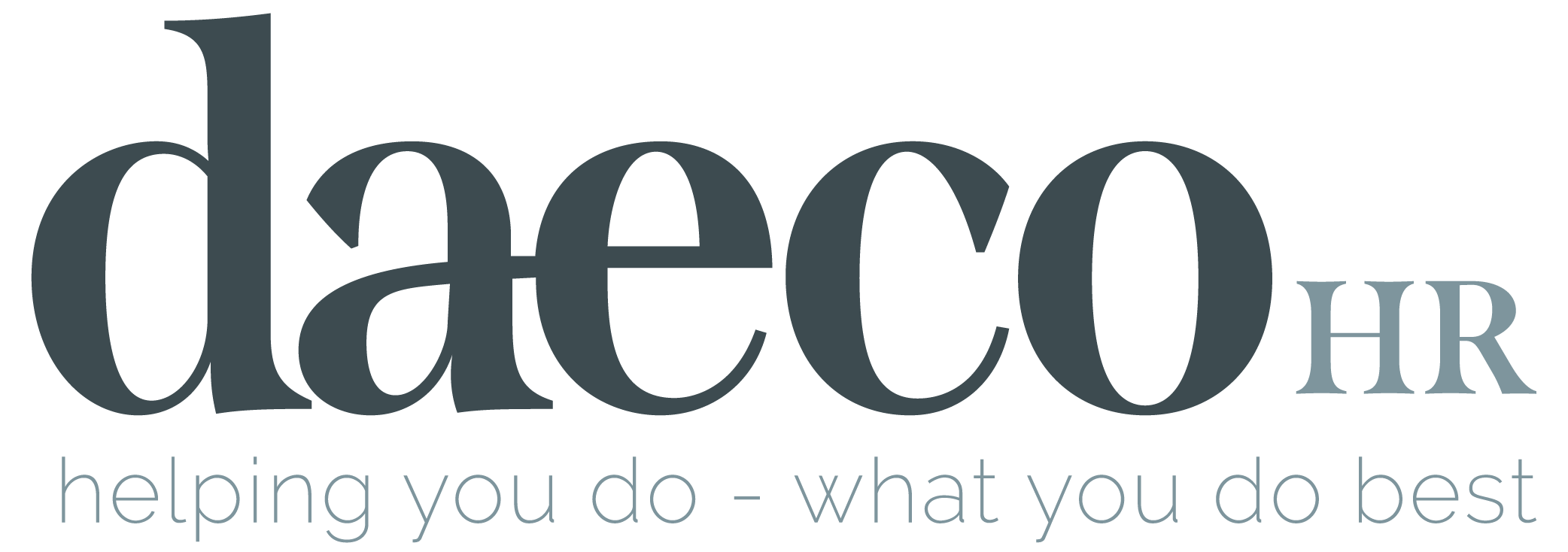Family-run organizations are a cornerstone of many industries, offering a unique blend of trust, legacy, and close-knit collaboration. However, they also present distinct challenges, especially when it comes to managing the intersection of personal relationships and professional responsibilities. This blog delves into the complexities of integrating family members into the workplace and provides practical strategies for ensuring a harmonious and productive work environment.

The Advantages of Family in Work
In many cases, family members are the first to join a new organization’s venture. Their involvement brings a wealth of benefits, including deep-seated trust and an inherent understanding of the organization’s vision. Family members often have a vested interest in the organization’s success, which can lead to higher levels of commitment and loyalty. This dynamic is especially valuable in small—to medium-sized enterprises, where resources are limited and trust is paramount.
Moreover, family involvement can create a strong sense of pride and legacy. Founders often aim to build something that can be passed down through generations, and involving family members can help preserve the legacy. The close relationships within a family can also lead to a more cohesive and supportive work environment, where everyone is working towards a common goal.
The Challenges of Mixing Family and Work
Despite these advantages, significant challenges are associated with family members working together. One of the most common difficulties is separating work decisions from personal relationships. For example, addressing performance issues with a family member can be particularly challenging because of the emotional ties involved. This can lead to unresolved issues that, if left unchecked, can impact both the organization and the family dynamic.
Another challenge is ensuring that family members are placed in roles that match their skills and interests rather than simply filling a need within the organization. When family members are placed in positions they are not suited for; it can lead to performance problems that are difficult to address due to the personal relationship. This situation is further complicated because family dynamics often spill over into the workplace, making it challenging to maintain clear boundaries between professional and personal life.
Best Practices for Managing Family Dynamics in Work
Managing a family-run organization requires clear boundaries, consistent policies, and open communication. Here are some strategies that can help:
- Define Clear Roles and Expectations: It’s important to ensure that each family member’s role within the organization is clearly defined based on their skills and interests. This helps avoid the pitfalls of placing family members in roles out of necessity rather than fit. Regularly reviewing these roles and making adjustments as needed can help maintain a healthy work environment.
- Establish Open Communication: Open and honest communication is crucial in any organization, but it is especially important in a family-run one. Regular check-ins and performance evaluations should be structured as two-way conversations, allowing both the family member and the leader to share their perspectives. This approach helps build a culture of accountability and growth.
- Implement Fair Performance Management: Performance evaluations should be handled carefully to avoid the perception of favouritism. Rather than using rigid numerical grading systems, consider adopting a conversational approach that focuses on what’s working, what’s not, and how both parties can contribute to improvement. This method encourages transparency and ensures that family members are held to the same standards as other employees.
- Acknowledge the Unique Dynamics: Family dynamics will inevitably influence the workplace. Being upfront about this reality can help manage expectations and prevent misunderstandings. For example, suppose family members will likely receive different treatment in certain areas, such as bonuses or promotions. In that case, it’s better to acknowledge this openly rather than pretend everyone is treated equally.
- Create a Supportive Culture: A family-run organization should strive to create a culture where all employees, family or not, feel valued and supported. This includes fostering an environment where difficult conversations can occur without fear of damaging personal relationships. By prioritizing the well-being of both the organization and its people, it’s possible to create a work environment that is both productive and harmonious.
The Importance of Emotional Intelligence
Emotional Intelligence also plays an important role. Leaders must be able to navigate the complex emotions that arise when personal and professional relationships intersect. This includes being able to give and receive feedback constructively and recognize when it’s time to seek outside help, such as coaching or consulting, to resolve difficult issues.
Balancing Family & Work for Lasting Success
Successfully managing a family-run organization requires a delicate balance of roles, communication, and performance management. Organizations can foster an environment where all can prosper by addressing the unique challenges head-on and leveraging the inherent strengths of family involvement. At Daeco HR, we specialize in helping family organizations navigate these complexities to build a thriving, harmonious workplace.
Ready to strengthen your family-run organization? Contact Daeco HR today to learn how we can support your journey to success.
Related Articles
Follow Us on Social Media
Stay updated with our latest news and tips by following us on Facebook and Instagram.
